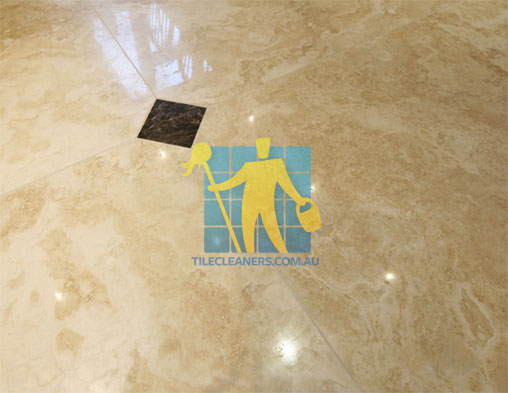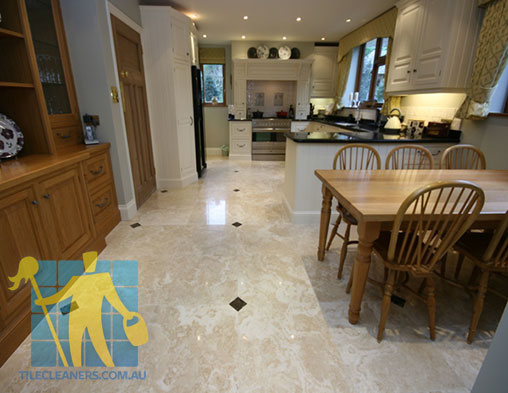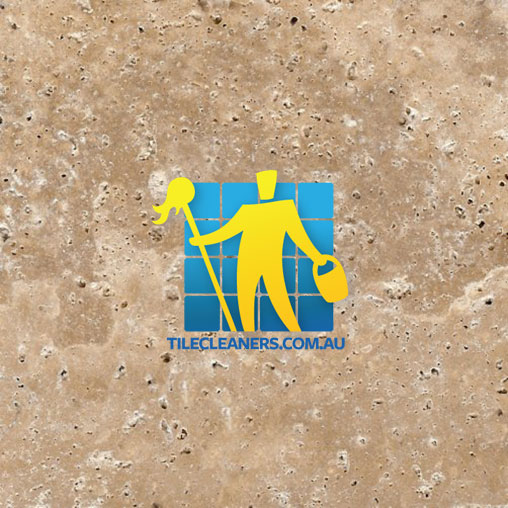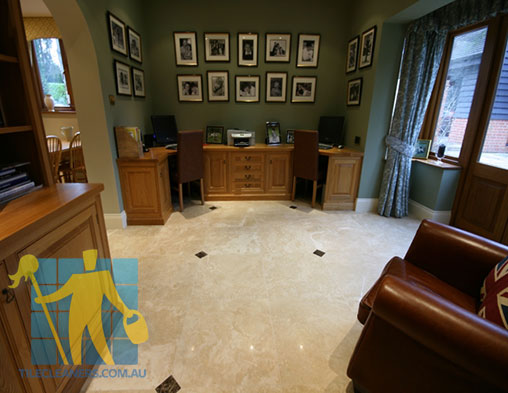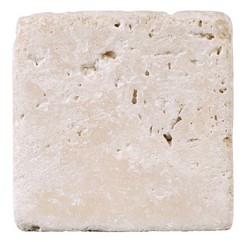 Travertine is a form of limestone, and is related to marble, actually falling somewhere between marble and limestone in terms of its development over thousands of years, deposited by mineral springs, especially hot springs, underground rivers and other water sources.
Travertine is a form of limestone, and is related to marble, actually falling somewhere between marble and limestone in terms of its development over thousands of years, deposited by mineral springs, especially hot springs, underground rivers and other water sources.
Travertine often has a fibrous or concentric appearance and exists in white, tan and cream-colored varieties. It is formed by a process of rapid precipitation of calcium carbonate, often at the mouth of a hot spring or in a limestone cave. In the latter it can form stalactites, stalagmites and other speleothems. It is frequently used in Italy and elsewhere as a building material.
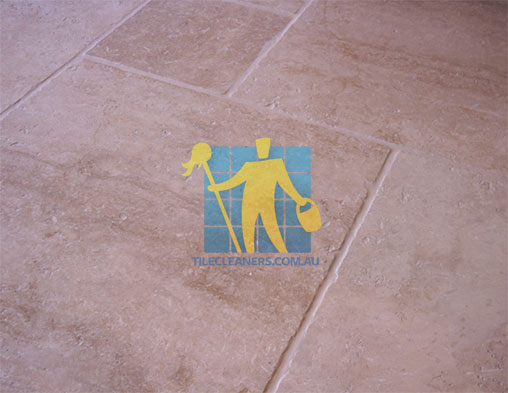
The resulting stone is a smooth and very hard substance further characterized by its porous surface. These pores are the result of gases escaping as the travertine is formed.
By the time it is quarried, travertine is naturally beautiful - a smooth, dense stone that exhibits a notable creamy color that evokes a certain old-world refinement.
Extensive deposits exist at Tivoli, Italy, near Rome. In fact, travertine derives its name from this town. Tivoli was known as Tibur in ancient Roman times. The ancient name for the stone was lapis tiburtinus meaning tibur stone, which has been corrupted to travertine.
We provide specialised cleaning & restoration solutions for Travertine stone floor & wall tiles
To schedule your appointment or to obtain a free estimate, please Call 1300 771 201 or use our enquiry form.
We cover all Adelaide suburbs and all Seaford Meadows area
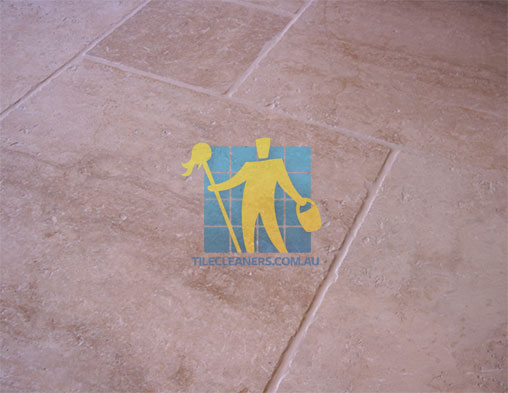





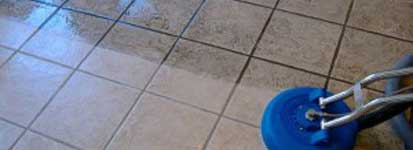
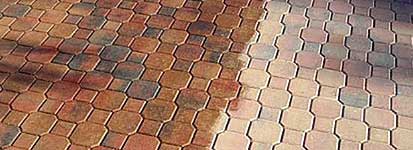
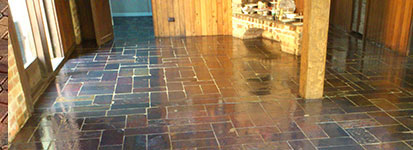
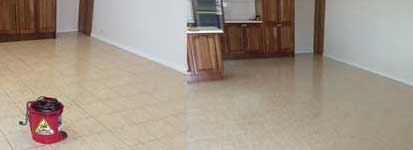
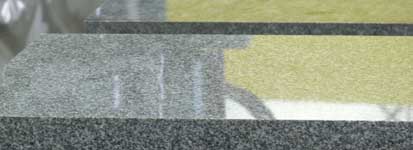
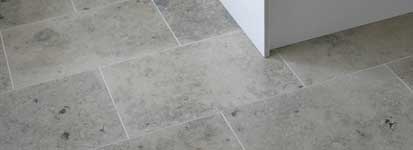
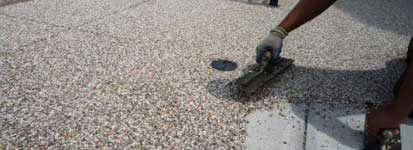
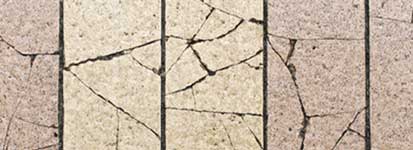
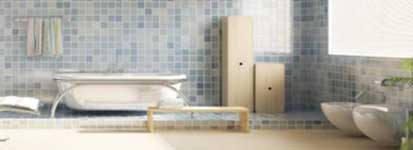

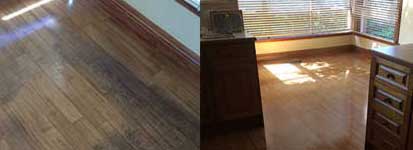
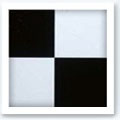
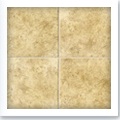
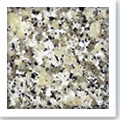
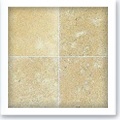
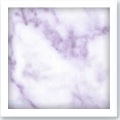
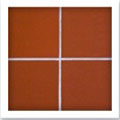
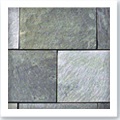
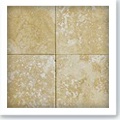
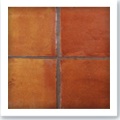
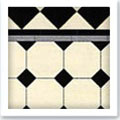
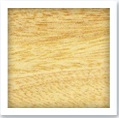

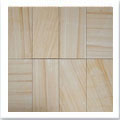
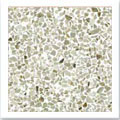
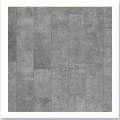
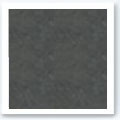
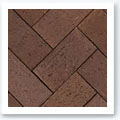
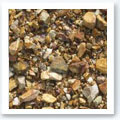



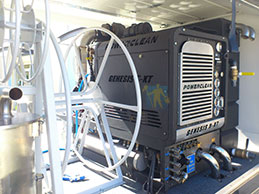
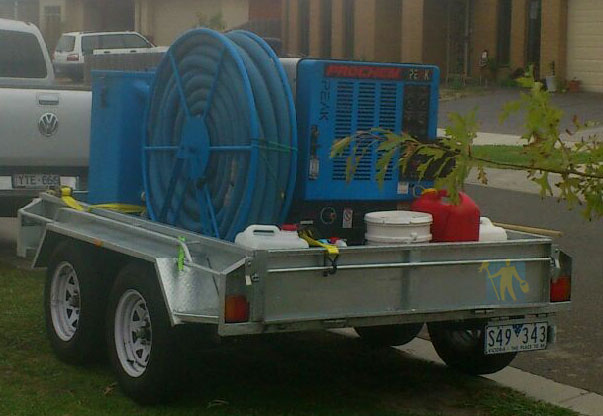
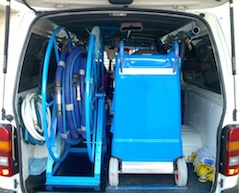
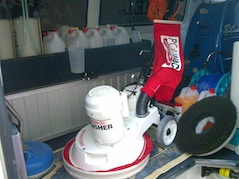
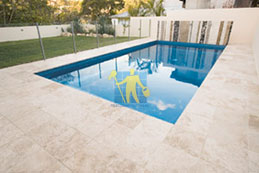
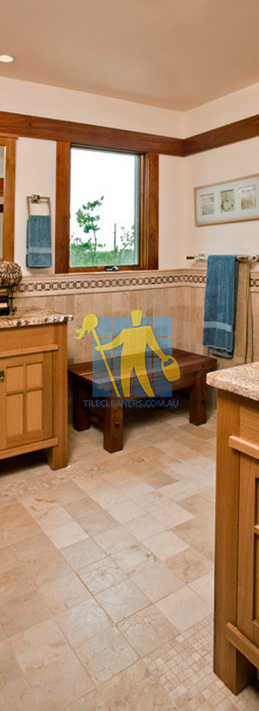
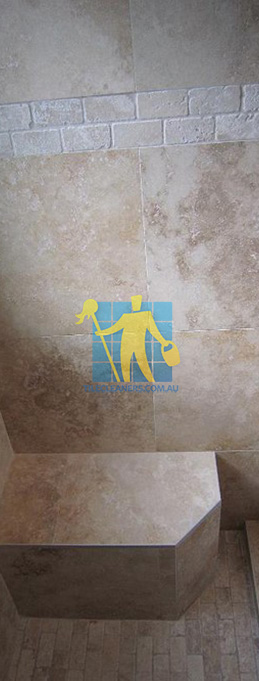
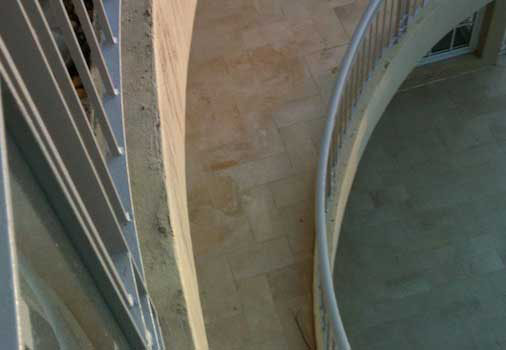
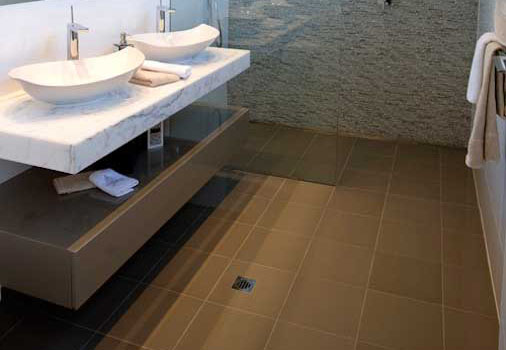
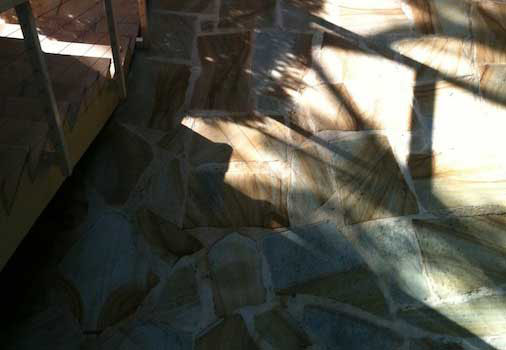
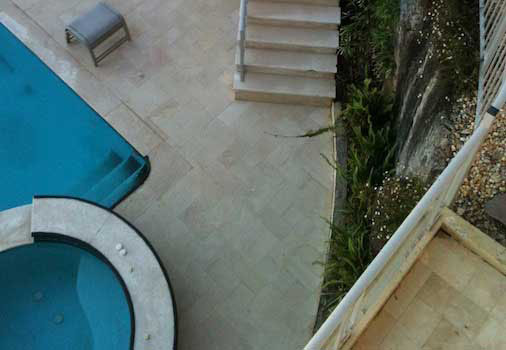
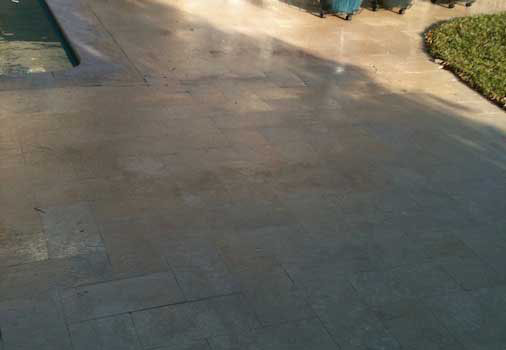
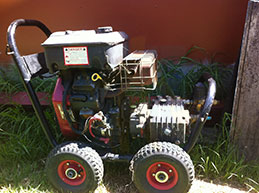
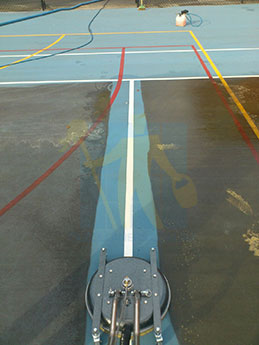


 Availability for emergency
Availability for emergency
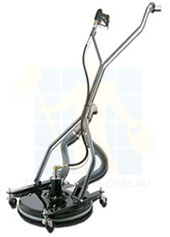


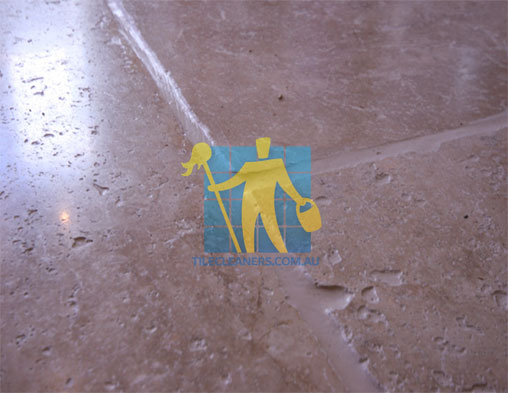
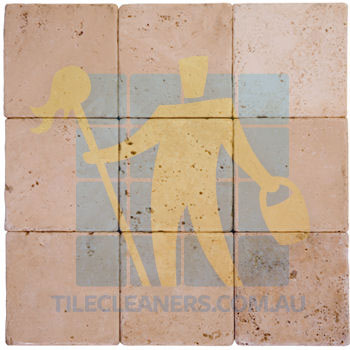
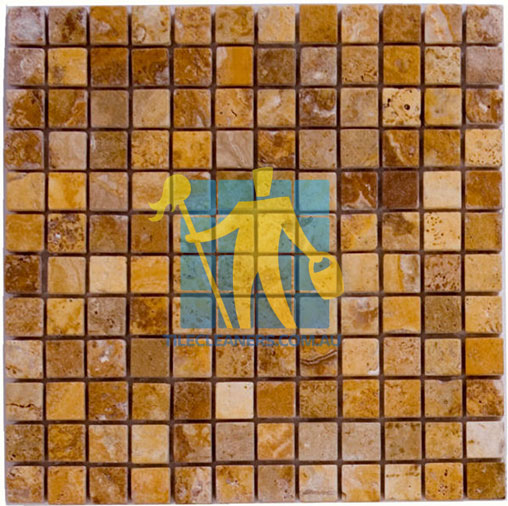
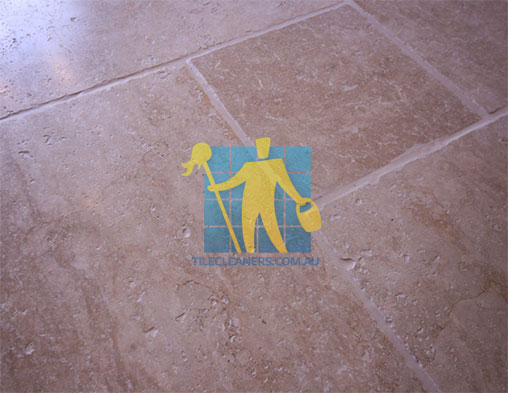
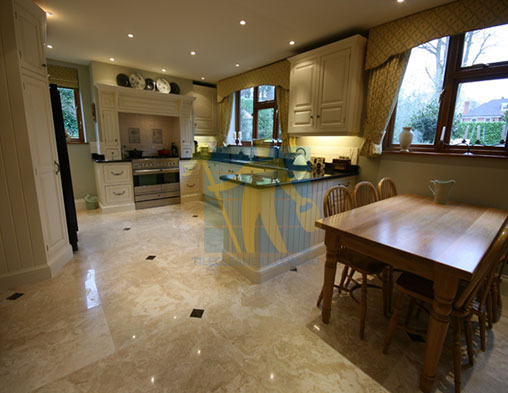
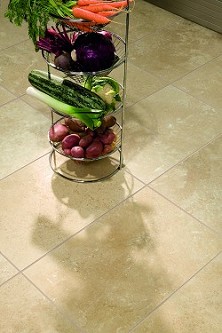 Tile Cleaners ® Seaford Meadows offers cleaning, sealing, and stripping and sealing services for all residential and commercial properties. Our team is well trained, experienced and equipped with the latest equipment and wide range of quality products.
Tile Cleaners ® Seaford Meadows offers cleaning, sealing, and stripping and sealing services for all residential and commercial properties. Our team is well trained, experienced and equipped with the latest equipment and wide range of quality products.
